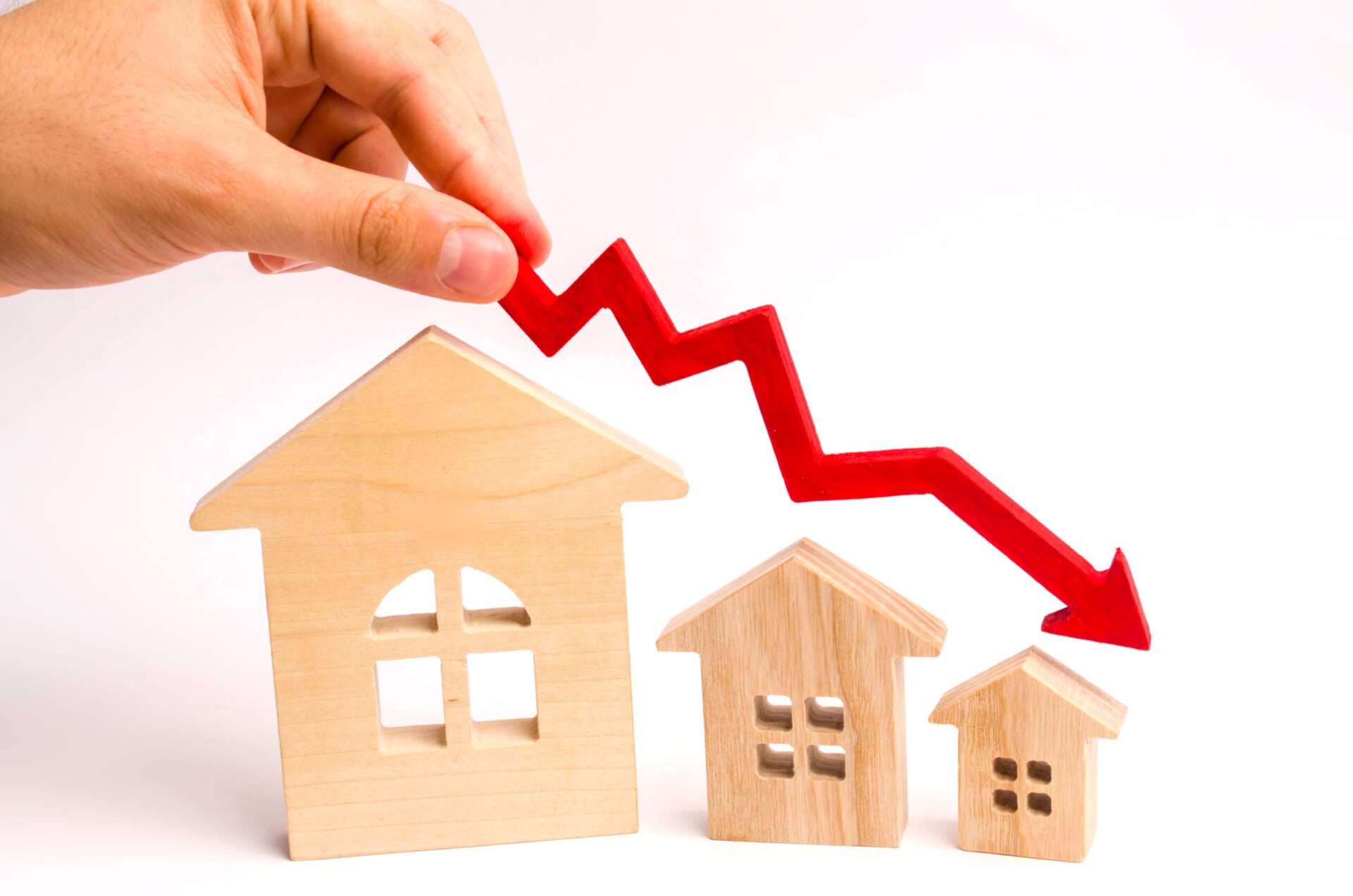Mortgage applications fell for a fourth consecutive week, even as rates retreated from near-7% highs.
The Mortgage Bankers Association’s weekly survey shows the adjusted Market Composite Index – a measure of mortgage loan application volume – decreased by 1.4%.
Adjusted purchase applications fell by 2%, while the unadjusted index was down 13% from the week before and 27% lower YOY.
Rates took a turn, however, with the average interest rate for 30-year fixed loans falling 10 bps from 6.91% to 6.81%. Though that’s good news for home shoppers who can’t wait for a major shift in rates, it’s still the second-highest rate of 2023.
“Overall applications were more than 30% lower than a year ago, as borrowers continue to grapple with the higher rate environment. Purchase activity is constrained by reduced purchasing power from higher rates and the ongoing lack of for-sale inventory in the market, while there continues to be very little rate incentive for refinance borrowers,” said Joel Kan, MBA’s Vice President and Deputy Chief Economist.
Refinances fell 1% from the week prior. They remain 42% lower than the same time last year, comprising only 27.3% of total applications. In the past decade, refis averaged 58% of total activity.
“There was less of a decline in government purchase applications last week, which was consistent with a growing share of first-time home buyers in the market,” Kan added.
The FHA share of total applications rose from 12.7% to 13.2%, with an average interest rate of 6.73%. The VA share increased to 12.5% from 12.1%, and the USDA share fell from 0.5% to 0.4%.
The number of first-time buyers has increased in recent years, though the reason is inconsistent. First-timers accounted for a record number of home sales during the pandemic while rates were historically low, making it cheaper to purchase. Now they make up 39% of purchases, still high, in spite of the difficult market. This is due to a decreasing share of seller-buyers as current homeowners experience rate lock-in.
Ongoing economic concerns should push that share down over time, however. Millennials are the biggest cohort of homebuyers right now, and while most see owning a home as part of the American Dream, they’re mired in debt. Of aspiring-homeowner millennials, more cited personal financial difficulty than market conditions as the main reason they haven’t bought yet.
“Millennials have been financially unlucky. Their parents had a more straightforward financial journey,” Redfin Chief Economist Daryl Fairweather said of the issue.
She noted that Millennials have struggled against the 2001 recession and the 2008 financial crisis, both of which limited their earning potential. Then, the pandemic hit.
“Millennials started to gain homebuying momentum just before the pandemic, but they were once again dealt a bad hand with pandemic-related job losses in April 2020,” she said.
Millennials who missed out on buying a home when rates are low will face challenges moving forward as stock shortages and high rates ravage the market.
